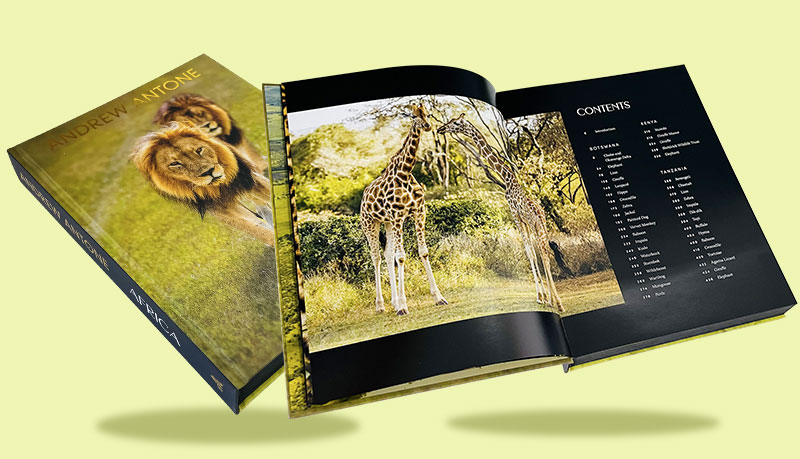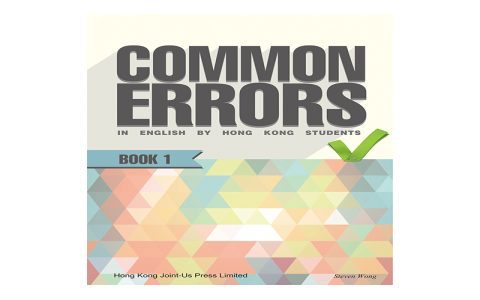Selecting appropriate paper for printing historical documents, reproductions, or archival materials is critical for longevity, authenticity, and presentation. Key considerations focus on material composition, permanence, and suitability for the specific historical context.
Core Material Properties
The primary determinant of longevity is paper permanence, primarily dictated by its acidity level and lignin content. Papers prone to yellowing and brittleness result from acidic compounds.
- Acidity (pH): Strictly select acid-free paper (pH 7 or higher, ideally neutral or slightly alkaline). This prevents accelerated degradation caused by acidic hydrolysis.
- Lignin Content: Avoid mechanical wood pulp papers containing lignin (present in newsprint). Use lignin-free paper, typically made from chemical pulps. Lignin oxidizes and turns acidic over time.
- Alkaline Reserve: Opt for papers with an alkaline buffer (often calcium carbonate). This reserve actively neutralizes acids migrating from the environment or inherent in inks over decades.
Primary Paper Choices
- 100% Cotton Rag Paper: The gold standard for critical historical reproductions, conservation mounting, and long-term archiving. Offers exceptional strength, dimensional stability, resistance to chemical degradation, and a historically authentic feel. Naturally lignin-free and acid-free when made properly.
- Premium Alpha-Cellulose (Wood Pulp) Paper: High-quality, lignin-free papers made from purified wood pulp. Must be explicitly labelled as acid-free and permanent. Often contains an alkaline reserve. Provides a good cost-effective balance for frequent reproductions, exhibition materials, and publications intended for long-term use. Can mimic certain historical textures effectively.
Practical Considerations
Beyond core material properties, evaluate:

- Weight & Opacity: Choose a weight (measured in gsm) that matches the original artifact or intended use (e.g., letterhead vs. broadside). Ensure opacity prevents show-through.
- Surface Finish & Texture: Match the finish (smooth, vellum, laid, wove) to the historical period and artifact type for authentic reproductions. Consider readability for text-heavy documents.
- Printing Method Compatibility: Ensure the paper is suitable for the intended printing process (inkjet, laser, letterpress) to avoid issues like bleeding, flaking, or inadequate toner adhesion.
- Certifications: Look for longevity certifications such as ISO 9706 (Permanent Paper) or ANSI/NISO Z39.48-1992 (R2009) (Permanence of Paper). These confirm adherence to strict permanence standards.
Summary: Prioritize acid-free, lignin-free paper with an alkaline reserve. Use 100% cotton rag for the highest fidelity and permanence in critical applications. Select high-quality, certified alpha-cellulose paper for general long-term use and reproductions where rag cost is prohibitive. Always match weight and finish to the historical context and ensure printing compatibility.












